
On February 15, 2017, we celebrate Lupercalia, that pagan precusor to the modern Valentine’s Day celebration that was set to replace the former’s millenial celebration of pagan, sensual excess with one dedicated to more polite and chivalrous love on the previous day. Valentine’s Day is frequently composed of de rigeur gifting of heart-shaped chocolates, cards, long-stemmed roses, and pink champagne to be consumed at a downtown restaurant where you booked a table many weeks in advance.
Today, we have wolves, wantonness, and, of course, wine, real Bacchic wine! I’ll take Lupercalia over Valentine’s Day anytime!
Valentine’s Day, with its chubby cherubs and apocryphal references to at least three possible saints with magical powers of healing, was yesterday. Today, you get the opportunity to indulge in an unrestrained, frenzied celebration of fertility that, in addition to being the original V-Day, is also spiritually linked to carnival. Since Carnevale goes from 11 - 28 February this year, we will return to this celebration for its major celebration of the final day of indulgence: Mardi gras, Martedi' grasso, or Shrove Tuesday.
Citing the ancient Roman grammarian, Marcus Terentius Varro, who explicitly referred to this festival as a celebration of fertility and purification, contemporary scholar Irving Lavin defines Lupercalia with the following words:
“ […] a quintessential Roman celebration, said to have been introduced by Romulus himself and celebrated on a vast scale by the entire populace of the city. The celebration incorporated the fundamental themes of augury for the coming spring, that of purification and renewal, of regeneration and fertility. In addition to orgiastic and promiscuous orgies, of both wine and libido, the festival was characterized by a quasi-primitive ritual in which boys ran naked the length of the Via Sacra carrying goat skins, symbolic of unrestrained productivity, with which they flagellated themselves and attendant girls, who were thereby promised painless delivery of offspring.”
Although Contemporary Paganism is a rather young movement that is still establishing its identity and place on the global religious landscape, it is simultaneously growing, unifying, and maintaining its characteristic diversity of traditions, identities, and rituals. It is not far off to say that a re-appraisal of Lupercalia could be entertained in this context.
In fact, Lupercalia continues to be celebrated ... .
Since Lupercalia inevitably brings to mind wolves and unbridled, licentious behaviour, lycanthropy seems to be within the horizon of possibilities. This therianthropy, or shape-shifting, has very ancient folkloric roots, and at least one of them is related to wine. Shortly after the founding of Rome by Romulus, the Romans tried unsuccessfully to negotiate for wives with the neighbouring Sabines. Sometime in the 8th century BCE, the Romans (sons of the Lupa Romana, the Roman she-wolf) abducted the Sabine women (women of the vineyard) and took them as wives. Many years ago Dr. Robert Eisler, in his Man into Wolf. An Anthropological Interpretation of Sadism, Masochism, and Lycanthropy, showed how the ancient Greek, Hebrew, Arabic, and Sanskrit roots of the names Sabine, Sabinium, etc derive from words relating to wine. Hence, the shifting from human to more brutal behaviour (human to lupine, in the case of the Sabine women and Lupercalia festivities) is potentially related to the imbibing of wine.
Thanks to the 17th- and 18th-century Balkan traditions, more recent ideas concerning lycanthropy have inevitably involved transformations due to the influence of moonlight. Here too, there is a traditional link between the moon and the consumption of fermented drink.
However, one must never lose sight of the fact that the moon is primarily a very friendly and caring partner for human endeavours, especially concerning agriculture. A moon-centric approach to viticulture, in the form of Biodynamic farming, is currently receiving much interest though its practical application lags behind the more traditional methods. Nevertheless, the idea of living and farming in sync with the earth and its movements also implies having vines grow in tune with the cosmos, especially the coordination of soil treatments with the lunar calendar.
As today we are under a Waning Gibbous moon here in Nova Scotia, one that traditionally marks a time for spells that banish, release, or reverse – in other words, a time to rethink unhappy situations, break bad habits, and, perhaps, pursue different directions - we recommend starting this new phase by shaking off the old, trite, and boring, and blatantly indulging in a bottle of something super-cool, special, and maybe a bit ancient and pagan for Lupercalia ... you know, for a change.
0 Comments
Your comment will be posted after it is approved.
Leave a Reply. |
AuthorsAstrid Friedrich Archives
May 2017
Categories
All
|

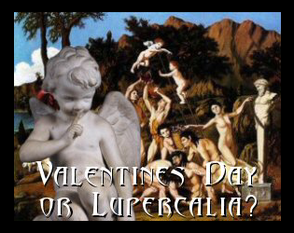



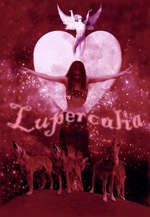

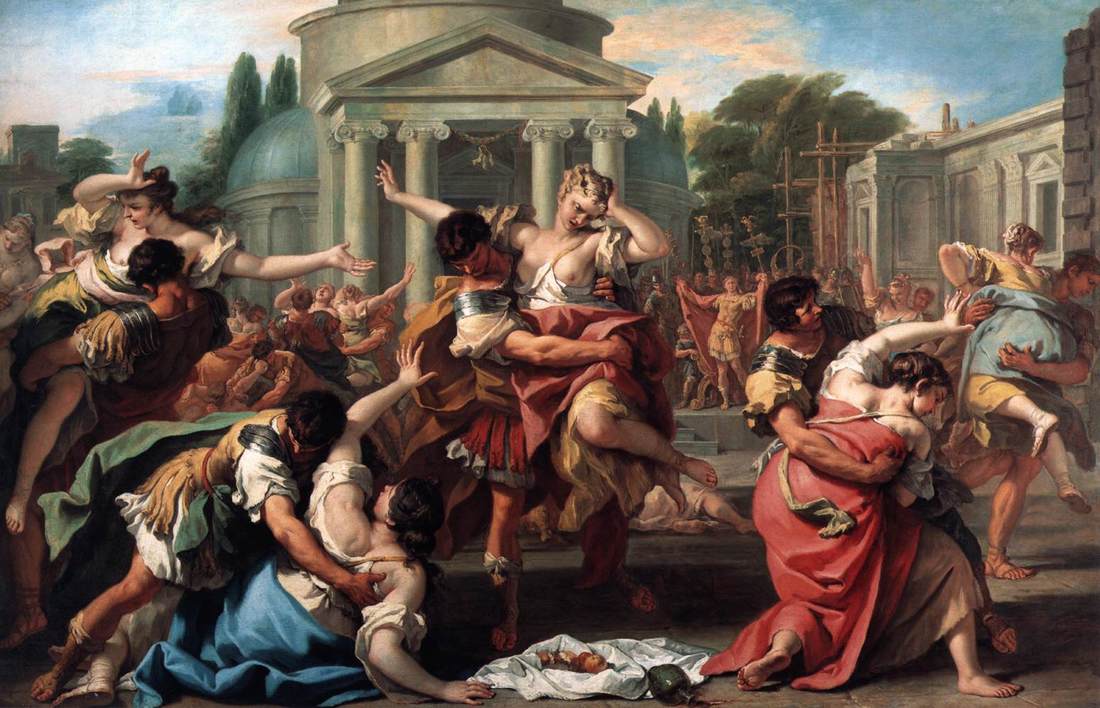
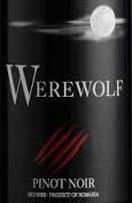
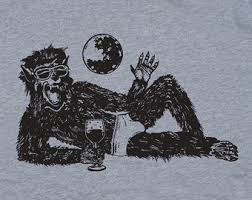
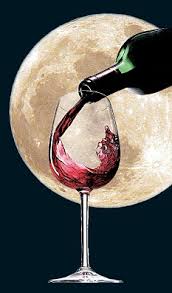
 RSS Feed
RSS Feed